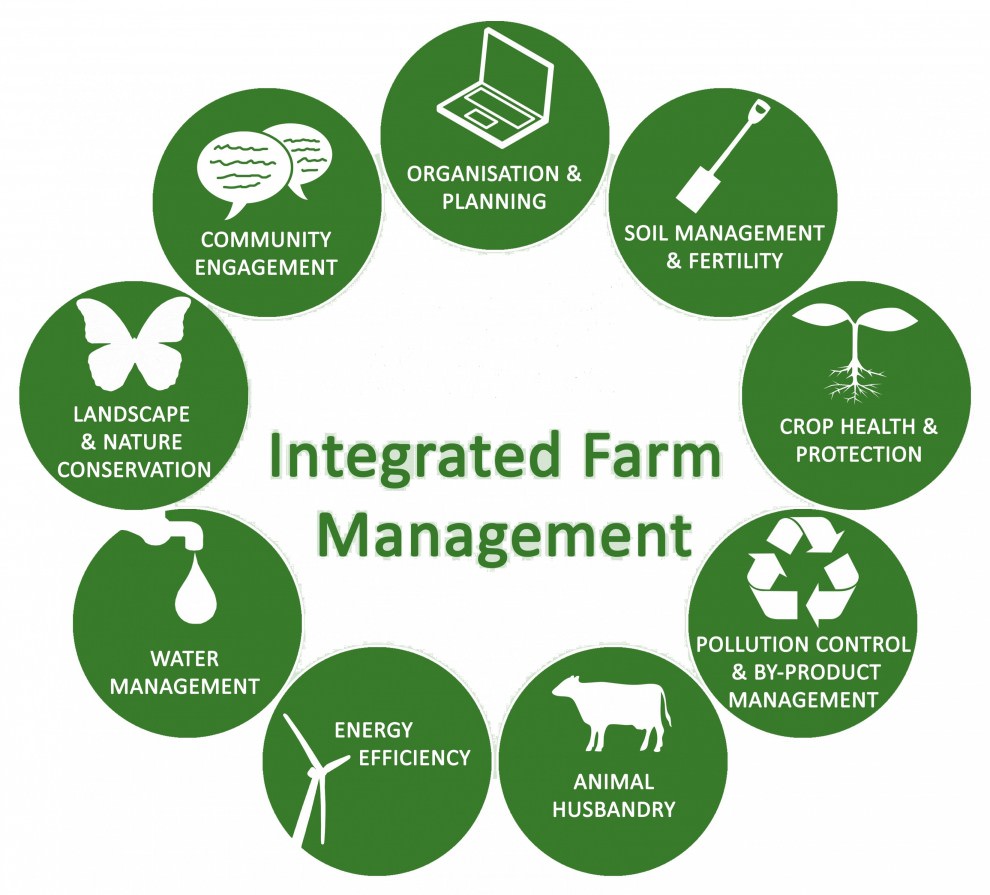Introduction to the Agriculture Information Management System (AIMS)



The Agriculture Information Management System (AIMS) is a comprehensive and innovative platform designed to revolutionize the agricultural sector by harnessing the power of information technology. Developed by the National Informatics Centre (NIC) in collaboration with relevant government departments, AIMS aims to streamline agricultural operations, enhance productivity, and empower farmers with valuable data-driven insights.
How AIMS Works
The Agriculture Information Management System (AIMS) operates as a sophisticated and integrated platform that leverages technology to provide valuable agricultural insights and services to farmers, stakeholders, and policymakers. AIMS incorporates various components and functionalities to deliver its benefits effectively. Here’s how AIMS works:
- Data Analytics and Processing:
The collected data is subjected to advanced data analytics and processing. Algorithms analyze the data to derive patterns, trends, and correlations, providing actionable insights into crop growth, pest prevalence, climate impacts, and more.



- Information Dissemination:
Using web-based platforms and mobile applications, AIMS disseminates relevant information to farmers. This includes real-time weather updates, crop advisory services, pest management recommendations, market prices, and best practices for sustainable farming. - Personalized Services:
AIMS offers personalized services tailored to individual farmers’ needs. By inputting their location, crop type, and other relevant data, farmers receive customized recommendations for planting, irrigation, fertilization, and disease control. - Early Warning Systems: AIMS integrates weather forecasting and early warning systems. Farmers receive alerts about imminent weather events, allowing them to take preemptive measures to safeguard crops and minimize losses.
Key Features and Components
- Data Collection and Analysis:
AIMS collects a wide range of data, such as soil quality, weather conditions, crop health, and market demand. This data is analyzed to provide actionable insights for farmers and policymakers. - Decision Support Tools:
Farmers can access decision support tools through AIMS, enabling them to make well-informed choices regarding planting, irrigation, fertilization, and pest management. - Real-time Monitoring and Reporting:
Real-time monitoring allows farmers to track their fields and make adjustments as needed. Additionally, AIMS offers reporting functionalities that aid in compliance, traceability, and performance evaluation.
Advantages of AIMS
| Advantages of AIMS | Explanation |
|---|---|
| 1. Enhanced Decision-Making | AIMS provides data-driven insights for informed choices. |
| 2. Improved Crop Management | Tailored advice on planting, irrigation, and pest control. |
| 3. Precise Resource Allocation | Optimize resource use based on site-specific data. |
| 4. Timely Weather Alerts | Early warnings help protect crops from adverse weather. |
| 5. Access to Market Information | Real-time market prices aid in strategic crop planning. |
| 6. Sustainable Farming Practices | Promotes eco-friendly practices for long-term benefits. |
| 7. Increased Productivity | Optimized practices lead to higher yield and income. |
| 8. Knowledge Sharing | Farmers learn from best practices and success stories. |
| 9. Connectivity and Networking | Collaboration with peers, experts, and agribusinesses. |
| 10. Data-Driven Policy Formulation | Helps policymakers make informed decisions for the sector. |






